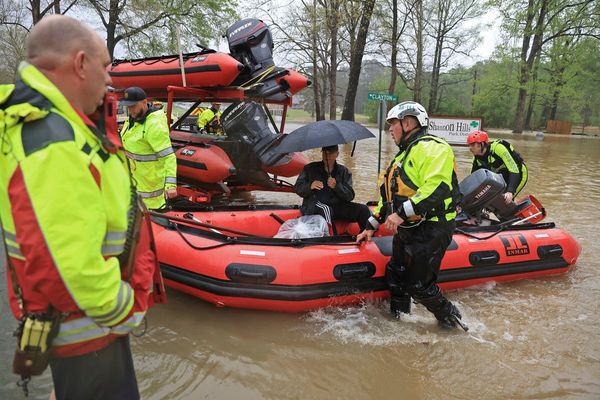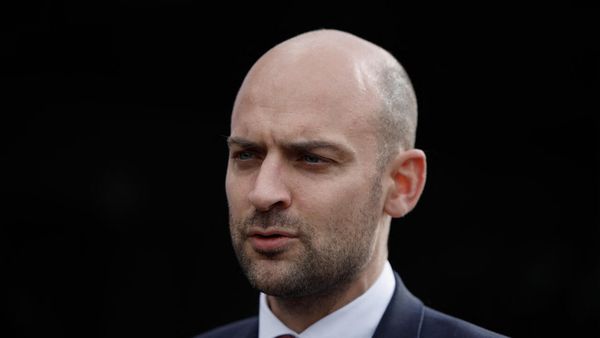
Just like humans, dogs go through a teenage, or adolescent, stage. Depending on the breed, it can begin from six to 12 months in age, and last until your dog is from 18 to 24 months old. It’s marked by hormonal changes and brain development that can make your dog seem less obedient and not as well-behaved.
Some dog parents find that their dog can be more reactive during the teenage period, too, with not even the best dog toys being a worthy distraction. But this doesn’t have to be the case.
Expert trainer Juliana DeWillems, the owner and head trainer at JW Dog Training & Behavior, has explained how to prevent reactivity in teenage dogs in a new Instagram post, which we’ll take a look at below.
“If they have an exciting social life,” DeWillems begins, “Make sure you also spend time teaching them that not all dogs are for playing, some are just for watching.”
She goes into more detail in her caption, explaining that reactivity in teenage dogs is often based on frustration. When dogs spend puppyhood playing with every dog they see, and then grow up and can’t say hi to every day you pass, they can become frustrated, and bark and lunge when on leash – and while knowing how to calm a reactive dog is valuable, it’s better to be proactive than reactive!
“Balancing off-leash play (a need most adolescents have!) with watching dogs at a distance and *not* approaching them can help combat frustration-based reactivity,” says DeWillems. “You want to make sure you teach your dog that not ALL dogs are dogs they play with.”
She recommends giving your dog a treat whenever they see another dog from a distance. This will help them understand that dog = treat, so they’ll turn to you when they see another dog, and will reward them staying near you in the presence of another dog.
It’s not necessary for your pup to ignore other dogs – and it’s not realistic to expect an adolescent dog to totally ignore other dogs, either. Instead, look for behaviors like calmly watching, turning away from, and walking past other dogs. As DeWillems puts it, “They can totally notice other dogs, but they need to do it safely.”
If you’d like to find out more about the issues that could arise when you have a dog – whether teenage or otherwise – and what to do about them, you might want to take a look at these 32 common dog behavior problems and solutions.







